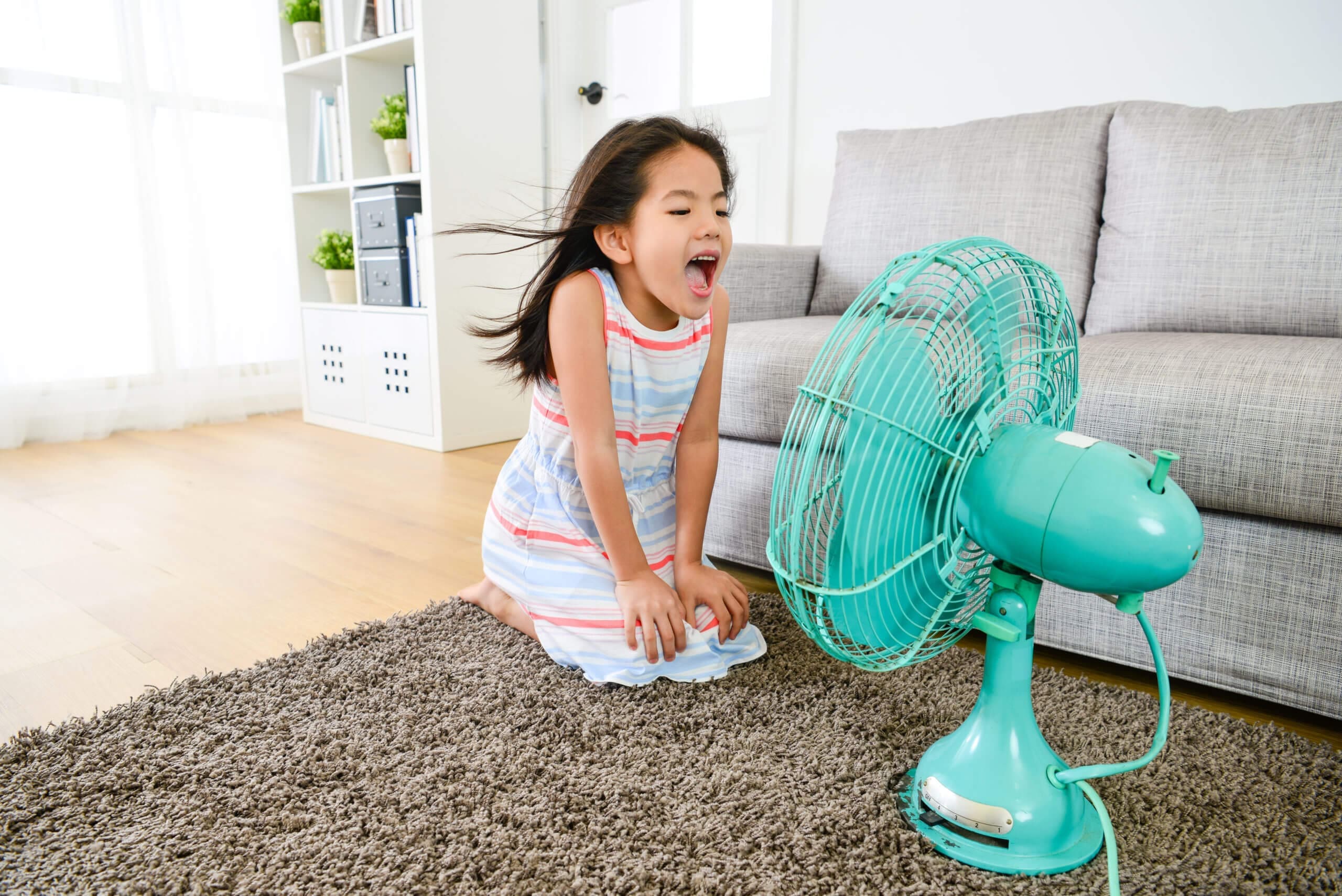There are a slew of benefits associated with good indoor ventilation. And the list is still growing. The many advantages of proper ventilation is also gaining traction among homeowners. From benefits like increased productivity to better sleep to improved home quality, the effects of good ventilation are varied.
Sadly, ventilation is not always the easiest process. Relying on natural ventilation, like opening windows to let fresh air in, isn’t feasible year-round. Plus, simply opening windows or doors does not provide fresh air equally throughout the entire space. Instead, we suggest upgrading to a whole-home ventilation system. But which is the best whole-home ventilation system to choose for your space?
What Are The Consequences of Poor Ventilation?
So, why all the fuss around minimizing inadequate ventilation anyway? The main consequence of poor ventilation is stale air. And stale air creates an abundance of issues for your indoor space. A regular influx of fresh air is necessary to create the proper exchange of new and old air. Without it, you’re stuck breathing stagnant air again and again. Moreover, stale air is full of harmful indoor pollutants continuously recirculating in your breathing space. This creates a number of potential health problems.
Poor ventilation also increases the amount of carbon dioxide in a space, leading to a lack of oxygen. This imbalance can cause symptoms like fatigue, severe headaches and shortness of breath–all of which are serious concerns for occupants. Poorly ventilated spaces also worsen the likeliness or ability for airborne-transmitted illnesses and diseases to spread indoors.
Poor ventilation also creates structural issues for the home itself. Spaces with poor ventilation are more susceptible to moisture build-up and excessive condensation. Both of which make it easier for mold and mildew to grow, worsening indoor air quality. A lack of ventilation indoors can also lead to interior damage like wrinkled wallpaper or peeling paint and cracks in walls and the foundation of the home.
Should I Open Windows in Winter?
The easiest ventilation method available is natural ventilation. Natural ventilation is uncontrolled air–think opening windows and doors to allow fresh air in. Or, the truly uncontrollable air that seeps in from crawl spaces, basements and cracks. However, natural ventilation is quite unreliable. And opening windows in particular is not a sustainable solution because doing so depends on weather conditions.
If you live in a warm or temperate climate year-round, you likely have more opportunities to open windows without a problem. But for those that live where it rains and snows often and the entirety of winter ranges from freezing to still feels like freezing temperatures, opening windows is not the ideal choice. Regardless of climate, one also has to be home to safely keep windows open and effectively ventilate a space. This makes natural ventilation entirely dependent on a set of unpredictable factors.
How Can I Get Fresh Air Without Opening Windows?
Instead of opening windows or doors when the day and weather allows, opt for a more consistent solution. Mechanical ventilation is a whole-home ventilation system that brings fresh air in and removes stale air from an indoor space. It’s working so long as the A/C fan, A/C or heat is on. This makes for a much easier fix opposed to relying on natural ventilation.
Mechanical ventilation is a beneficial HVAC upgrade for homeowners. It’s advantage lies in its consistency and ability to ensure proper indoor ventilation. There are a couple types of whole-home mechanical ventilation systems available.
How Much Does a Whole-House Ventilation System Cost?
Our recommendation is to choose a balanced ventilation system; meaning either an energy recovery ventilation system (ERV) or a heat recovery ventilation system (HRV). We consider these the best whole-home ventilation systems.
The cost to upgrade a home HVAC system to include a balanced whole-home ventilation system depends on a few factors. For balanced ventilation systems, which combine exhaust and supply processes in one, there could be extra costs associated with creating enough ductwork to support the system. If your home’s HVAC system already has enough duct, then the job is simply more of an installation fee. Allowing the whole-home ventilation system to share existing HVAC ductwork saves money and is what most homeowners go for.
Regardless of which mechanical ventilation system you choose, an ERV or HRV, both have helpful cost-saving benefits. In the end, it makes them largely cost-effective solutions. Both balanced mechanical ventilation systems can be used in any climate.
An HRV is usually recommended for colder climates because the system uses heat already present in the air to warm the incoming fresh air. This helps save homeowners money on heating costs during the winter. To a similar effect, an ERV is generally suggested for warmer climates. This is because ERVs work similarly to HRVs, however the heat is either cooled or warmed depending on the weather, saving homeowners money year-round. Particularly in the summer and for warmer climates, ERVs do a good job of keeping indoor humidity levels regulated and temperatures cooler and comfortable.
Upgrade to the Best Whole-Home Ventilation System Today
At IAQ.works, we’re firm believers that every home and indoor space, regardless of climate, location or size would greatly benefit from a whole-home mechanical ventilation system. The long-term cost-effectiveness of ERV and HRV systems make them worth the initial investment. With the added health and wellness benefits, upgrading to a balanced mechanical ventilation system to ensure good air exchange in your living space is a worthwhile improvement. Contact us today to find a local IAQ expert that can help determine the best ventilation system for your home!



